
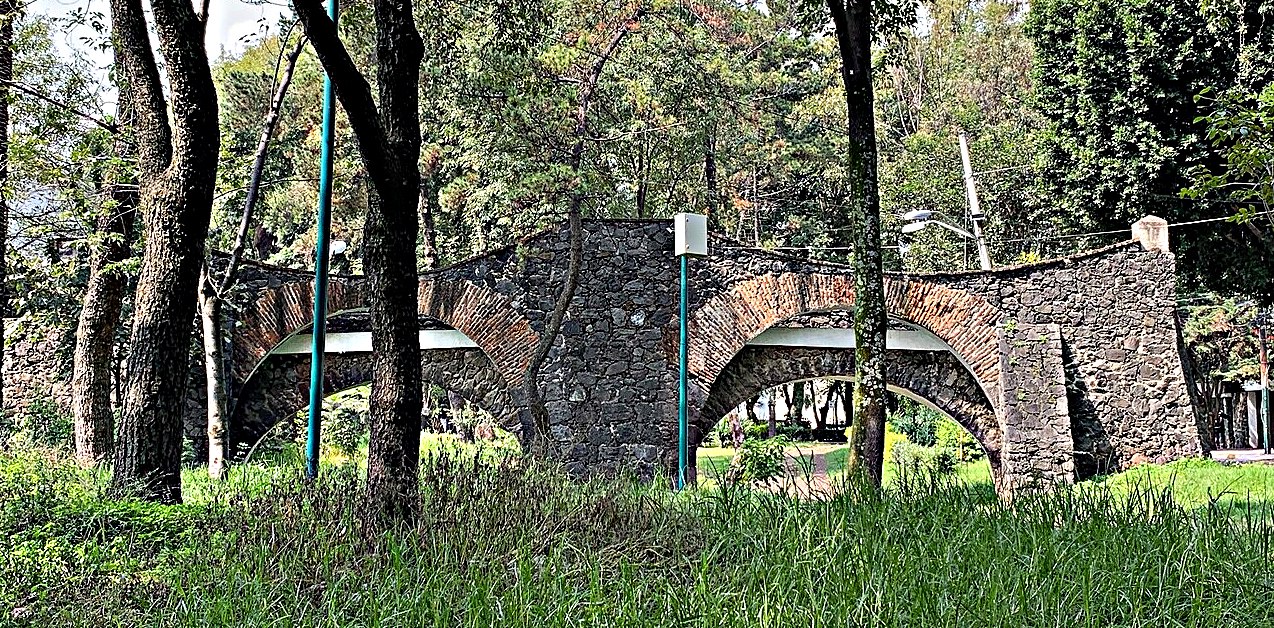
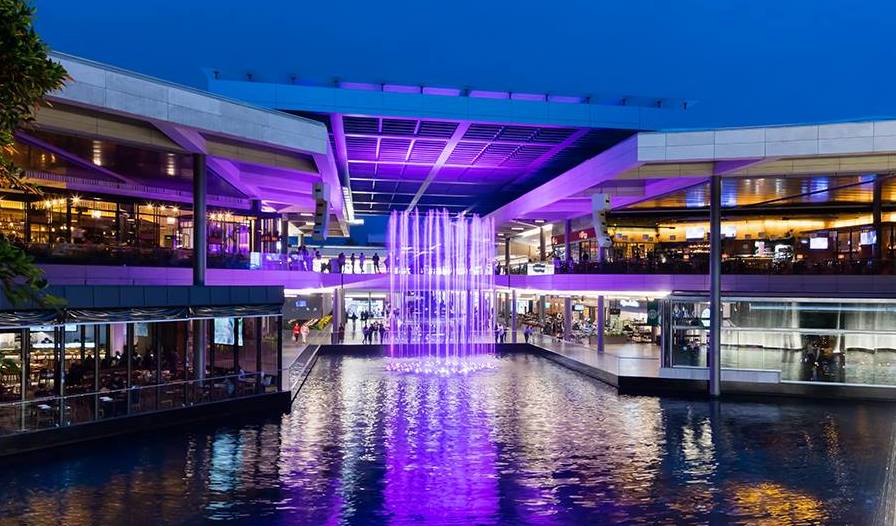
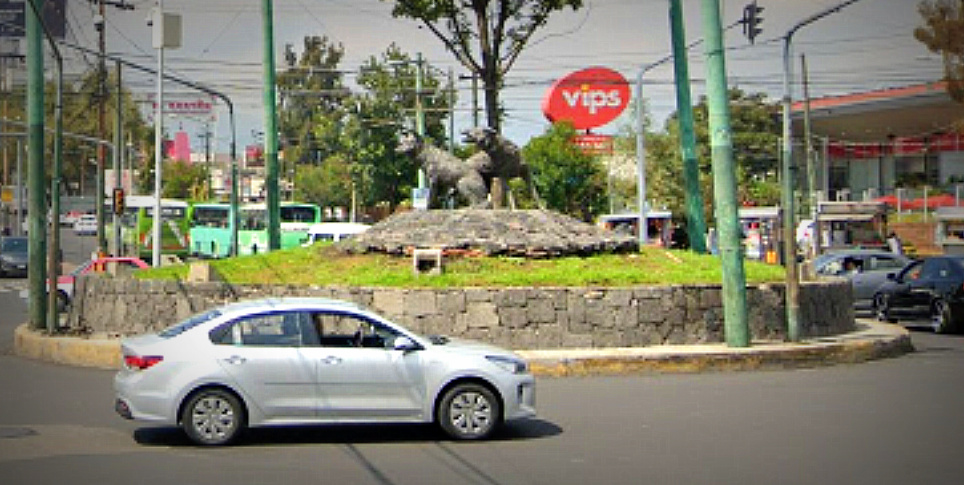
The Barrio Oxtopulco is one of the least-known but most visited of the Original Neighborhoods of Coyoacán. Most famously, it’s home to the Glorieta de los Coyotes. The traffic-roundabout seems to welcome motorists back from Álvaro Obregón with the iconic sculpture by Gabriel Ponzanelli, of the famous line of Italian-Mexican sculptors. Further down the Avenida Miguel Ángel de Quevedo stand several more works. Ponzanelli’s La Bañista stands directly across from the Coyotes on the east side of the roundabout. Of course, Ponzanelli’s more famous version of the Coyotes stands in the fountain of the Jardín Centenario where it serves as a symbol for the entirety of Coyoacán.
Oxtopulco is today also home to the Miguel Ángel de Quevedo Metro station. It was an ancient hamlet in between the old villages of Chimalistac to the southwest and ancient Coyoacán, today’s Historic Center, to the northeast. The Nahuatl name, Oxtopulco, means “place of many caves.” This refers to the area’s long history as a rock quarry. The name is often recognized from the northernmost of the famous 17th-century bridges of Chimalistac. It’s just west of the present-day neighborhood of Oxtopulco Universidad shown on the map.
The old Barrio Oxtopulco is likely little-known because most of its truly ancient heritage is today covered beneath shopping centers and their respective parking lots. But even before the modern craze for shopping centers, the area was an important quarry area that took advantage of the Pedregal de San Angel, that is, the giant lava flow that covers much of the south of Mexico City. Those quarries provided a nearly endless stream of truly ancient artifacts during the colonial period. Some are believed to have been remnants of the 2nd-century C.E. Copilco settlements. These were contemporary with the advanced civilization at Cuicuilco a bit further south.
The modern Romero de Terreros subdivision covers much of the north of the ancient village of Oxtopulco. Laid out in 1950, the neighborhood nearly covered the colonial-era hacienda of San José del Altillo. To the southwest today, Oxtopulco Universidad remains a barrio of tiny and winding streets, it’s ancient namesake still not quite forgotten.

Nearest at 0.08 kms.

Nearest at 0.12 kms.

Nearest at 0.18 kms.
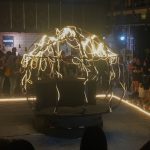
An exciting cultural center devoted to music, theater, technology, and art.
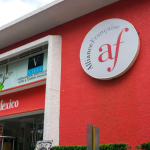
A vibrant cultural and language center in a treelined corner of Chimalistac . . .

A new shopping and commercial center in San Ángel...
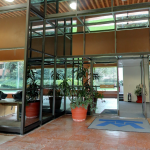
A private collection covering the occult, Tarot, and a dozen more arcane topics...
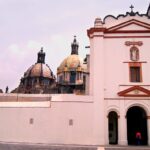
An unrivaled collection of sacred art in a jaw-dropping setting...